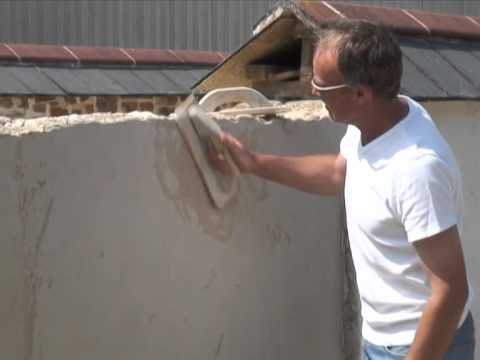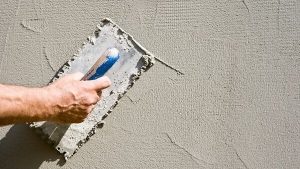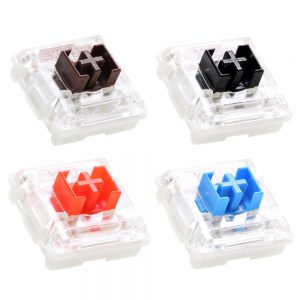Brick is a popular building material that has been used for centuries. It is durable, fire-resistant, and provides excellent insulation. However, the quality of the mortar used to bind the bricks together is just as important as the quality of the bricks themselves. One question that often arises is whether or not to use lime in brick mortar. In this article, we will explore the benefits and drawbacks of using lime in brick mortar and help you make an informed decision.
What is Lime?
Lime is a type of calcium oxide that is produced by heating limestone in a kiln. It has been used in construction for thousands of years and is known for its ability to harden and bind materials together. Lime is often used in mortar because it has a unique ability to self-heal, which means that it can repair small cracks and gaps in the mortar over time.
Benefits of Using Lime in Brick Mortar
- Flexibility: Lime mortar is more flexible than cement mortar, which means that it can better withstand the natural expansion and contraction of the bricks due to temperature changes. This flexibility also makes it less likely to crack or break.
- Breathability: Lime mortar is more breathable than cement mortar, which means that it allows moisture to escape from the walls. This is important because trapped moisture can lead to mold and mildew growth, which can be harmful to your health.
- Aesthetics: Lime mortar has a softer, more natural look than cement mortar, which can enhance the beauty of your brickwork.
Drawbacks of Using Lime in Brick Mortar
- Cost: Lime mortar is more expensive than cement mortar, which can make it less appealing to some builders.
- Time: Lime mortar takes longer to dry than cement mortar, which can slow down the construction process.
- Skill: Lime mortar requires more skill to work with than cement mortar, which means that it may not be suitable for all builders.
Conclusion
So, should you use lime in brick mortar? The answer depends on your specific needs and preferences. If you want a more flexible, breathable, and aesthetically pleasing mortar, then lime may be the right choice for you. However, if cost, time, or skill is a concern, then cement mortar may be a better option. Ultimately, the decision is up to you.








+ There are no comments
Add yours